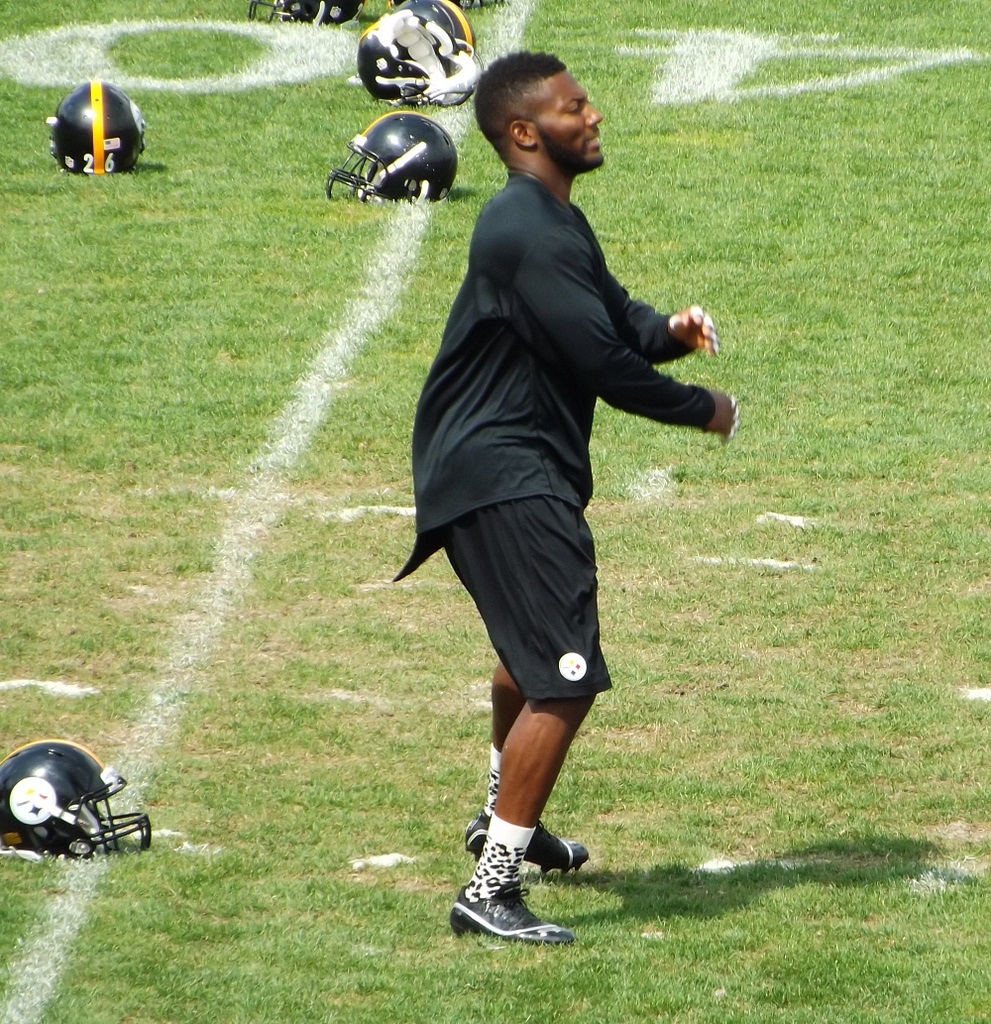
When it has come to this blog, I’ve been off the grid for a couple of weeks writing the Rookie Scouting Portfolio Post-Draft and some soon-to-be released Gut Check columns at Footballguys. Once I get fully into my spring-summer groove, I’ll have content for the blog.
How long will it take? Maybe another week.
Part of that groove is having a few slower weeks to relax a bit and reorient my schedule that gets throw completely out of whack trying to balance publication of the RSP, this blog, Football Outsiders, Footballguys, and my magazine job.
But there are exciting developments on the horizon at the blog:
- Reality Sports Online: This is the ultimate dynasty league site for the hardcore fan. I will be hosting a draft with some of my favorite writers around the Internet this month and writing about it monthly. More about this soon.
- RSPWP2: Yes, it’s still alive. No, we haven’t been updating it much because we’re just waiting for the draft to end. Once it does, Bloom and I will update the picks and commentary. After that, we have a panel of judges who will pick the contenders from the pretenders, determine the best team, and set a draft order for the rookies. Good stuff.
- Preseason Content: I’ll profile some of the UDFAs from this year as well as emerging talents in their second, third, or fourth seasons in the NFL.
- 2014 College Players: Nope, never too early to begin looking at college prospects.
And of course, if you’re in a dynasty league and you haven’t bought the 2013 RSP then you ought to help yourself now. The responses I’m getting about the Post-Draft edition are terrific. Here is what you get:
- 67 pages
- How to use the RSP and RSP-Post Draft together
- Overrated/Underrated
- Good/Bad post-draft fits
- UDFAs to watch
- Long-term dynasty waiver wire gems
- Long-term developmental projects
- Strategic overview of 2013 rookie drafts
- Tiered Value Chart Cheat Sheet across all positions
- Post-Draft rankings analysis and commentary
- Average Draft Position (ADP) Data
- RSP Ranking-to-ADP Value Data
- Raw Data Worksheets to continue calculating additional ADP data for future drafts
And this plus the 1290-page RSP pre-draft are all part of the purchase price. With 10 percent going to Darkness to Light to combat and prevent sexual abuse in communities across the nation, why are you still reading this? Go download it!
To those of you who own the RSP, thank you. It’s a blessing to do this work and you’re supporting not only my ability to write the publication, but maintain this blog that is filled content that other sites would pay to feature.
Looking forward to being back in the mix very soon.
